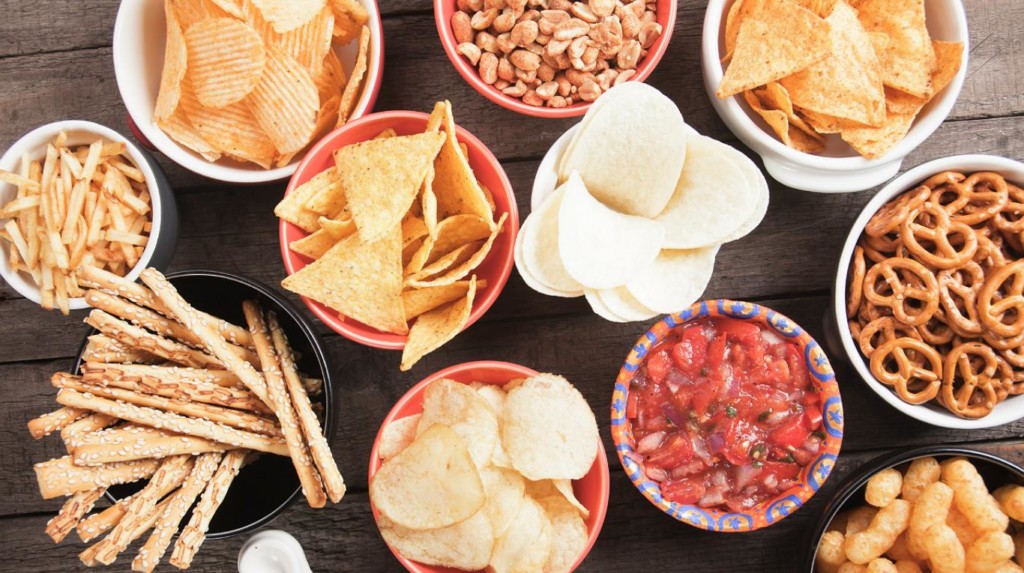Present in the body and in food in the form of chloride of sodium (salt), chlorine is a naturally occurring gas that is essential for the body to function properly.
This trace element, found mainly in parmesan, bread and oysters, can ensure the transport of carbon dioxide in the blood, and the maintenance of the body's acid-base balance. Knowing more about chlorine enables us to prevent deficiency or overdosage, often harmful to health.
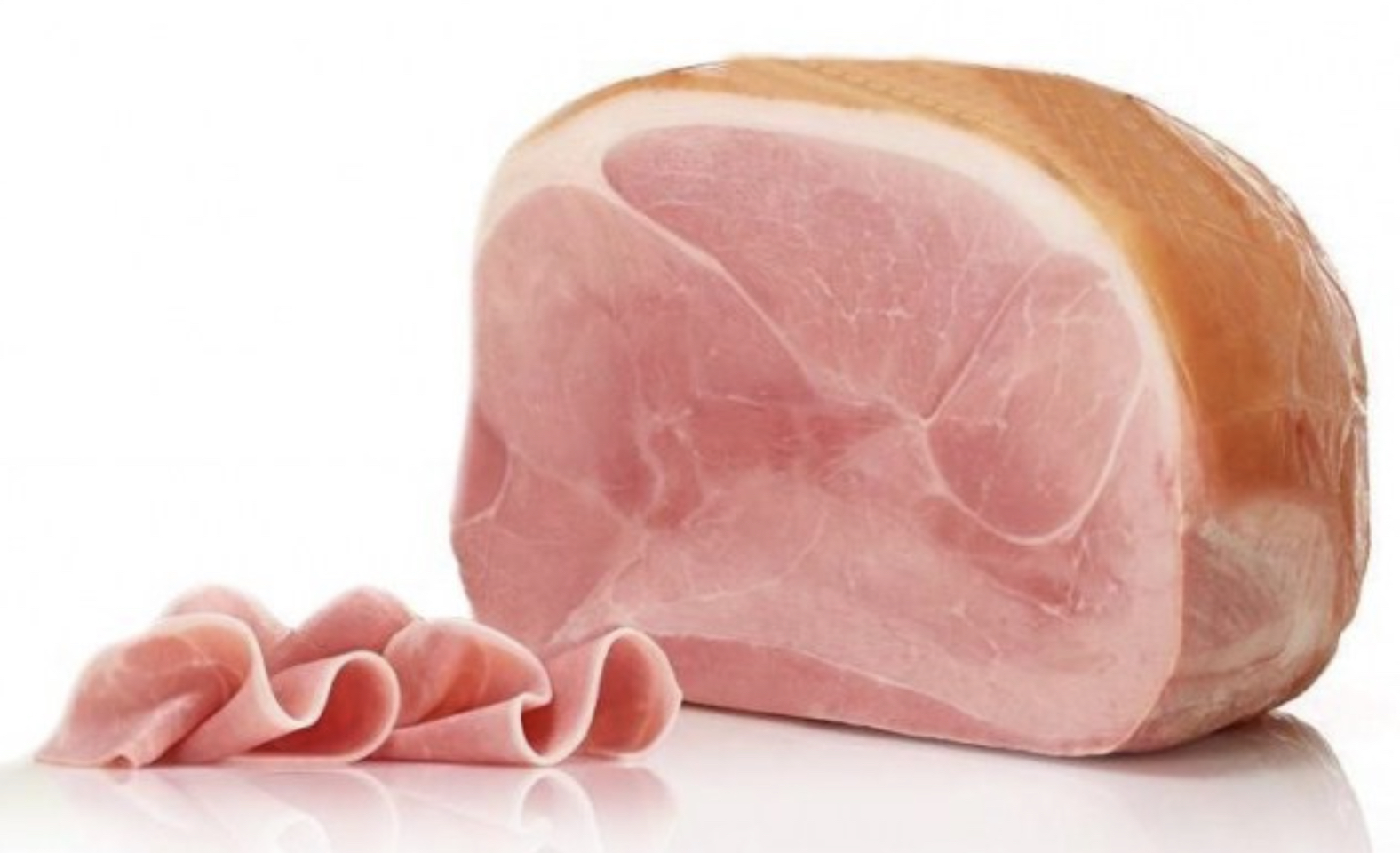
Chlorine characteristics
Chlorine (Cl) is a natural gas that does not exist in a free state in nature.. But its salt, chloride is one of the minerals essential to the body. The adult body contains around 8.4 g of chloride. It is found mainly in fluids such as lymph, blood, gastric juices and cerebrospinal fluid.
Chlorine's role in the body
More commonly known as table salt in our daily lives, chlorine has a number of gustatory virtues. In particular, it muscle contraction, improved digestion and heartbeat. It is also recognized for its ability to regulate blood flow, and transmit nerve impulses.
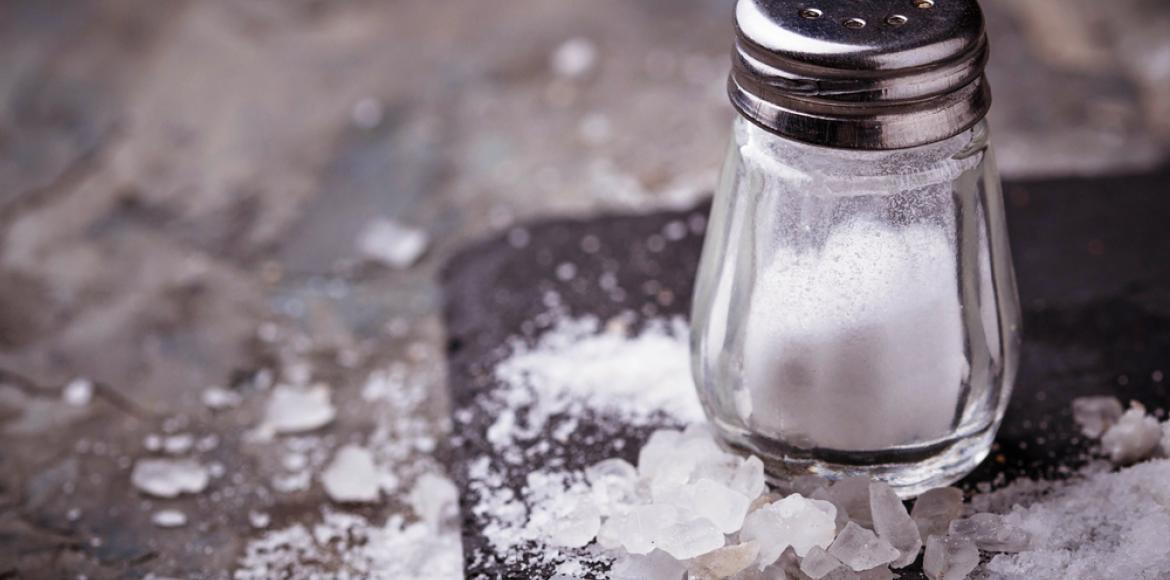
The body assimilates chlorine with sodiumalong the digestive tract. This trace element maintains osmotic pressure in cells. Combined with sodium, it guarantees the integrity of the membrane structure.
This content is part of the guide Blooness, the guide to the ideal human diet, the summary of which you can find here 🌱🥑
Chlorine is involved in the formation of gastric juices which promote food digestion. As such, it works in collaboration with hydrogen.
In the bloodstream, chloride promotes transport of carbon dioxide in the blood. It also brings acid-base balance to the body.
French-speaking subscribers will receive the newsletter in French, and all others will receive an English version.
Chlorine is also the main component of the fluid that surrounds the brain, the cerebrospinal fluid.
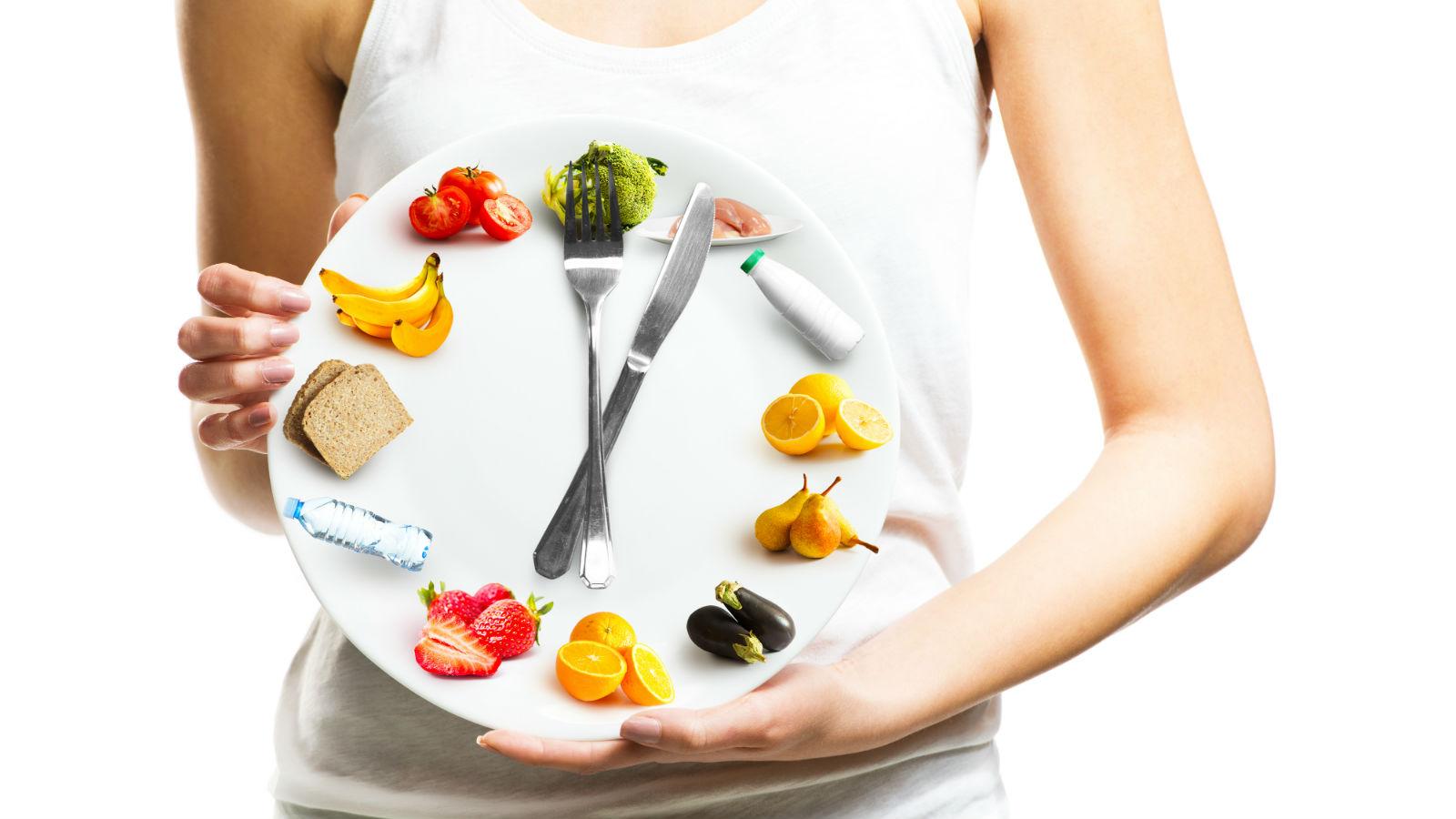
What's the difference between chlorine, chloride and sodium?
In fact, chlorine exists in the body in the form of sodium chloride. And remember, sodium chloride is the scientific name for SEL.
Sodium chloride (i.e. salt) contains sodium (40%) and chloride (60%). In other words, 1g (1,000mg) of salt corresponds to 600mg of chloride and 400mg of sodium.
Chloride is the state in which chlorine is present in the body, through its salt, sodium chloride.
Man's chlorine needs
Chlorine is not synthesized by the body. A healthy, balanced diet ensures an adequate supply. Humans have different chloride requirements, depending on their eating habits, individual lifestyles, climatic variations and ethnic background.
Because of the changes that can occur over the course of a lifetime, the recommended dietary intake of chlorine is constantly evolving.
Men, on the other hand, must limit their intake of sodium chloride, at the risk of causing hypertension and oedema, which are often fatal.

|
Age |
Adequate chloride intake (mg/day) |
|
Infants 0 to 6 months |
180 |
| Children from 7 to 12 months |
570 |
|
Children aged 1 to 3 |
1500 |
| Children aged 4 to 8 |
1900 |
|
Children over 8 |
2300 |
| Teenagers |
2300 |
|
Adults under 50 |
2300 |
| Adults aged 51 to 70 |
2000 |
|
Adults over 70 |
1800 |
| Pregnant and/or breast-feeding women |
2300 |
In fact, the French food safety agency (Agence nationale de sécurité de l'alimentation, de l'environnement et du travail - Anses) and the European Food Safety Authority (EFSA) have not established any nutritional benchmarks.
However, in 2004, the US Institute of Medicine (IOM) set chloride intakes for adults, are approximately 2300 mg per day (see table above).
Endurance athletes and outdoor workers have a slightly higher chlorine requirement. They are advised to drink water enriched with sodium chloride, i.e. 1200 mg per liter.
Foods containing chlorine
The main source of chloride is cooking salt.. But almost all foods contain a minimum amount. Chlorine is found more in foods of animal origin, although plants are not completely chlorine-free.
Among the foods richest in chlorine are seafood, processed foods, cold cuts, chips, soups and ham.
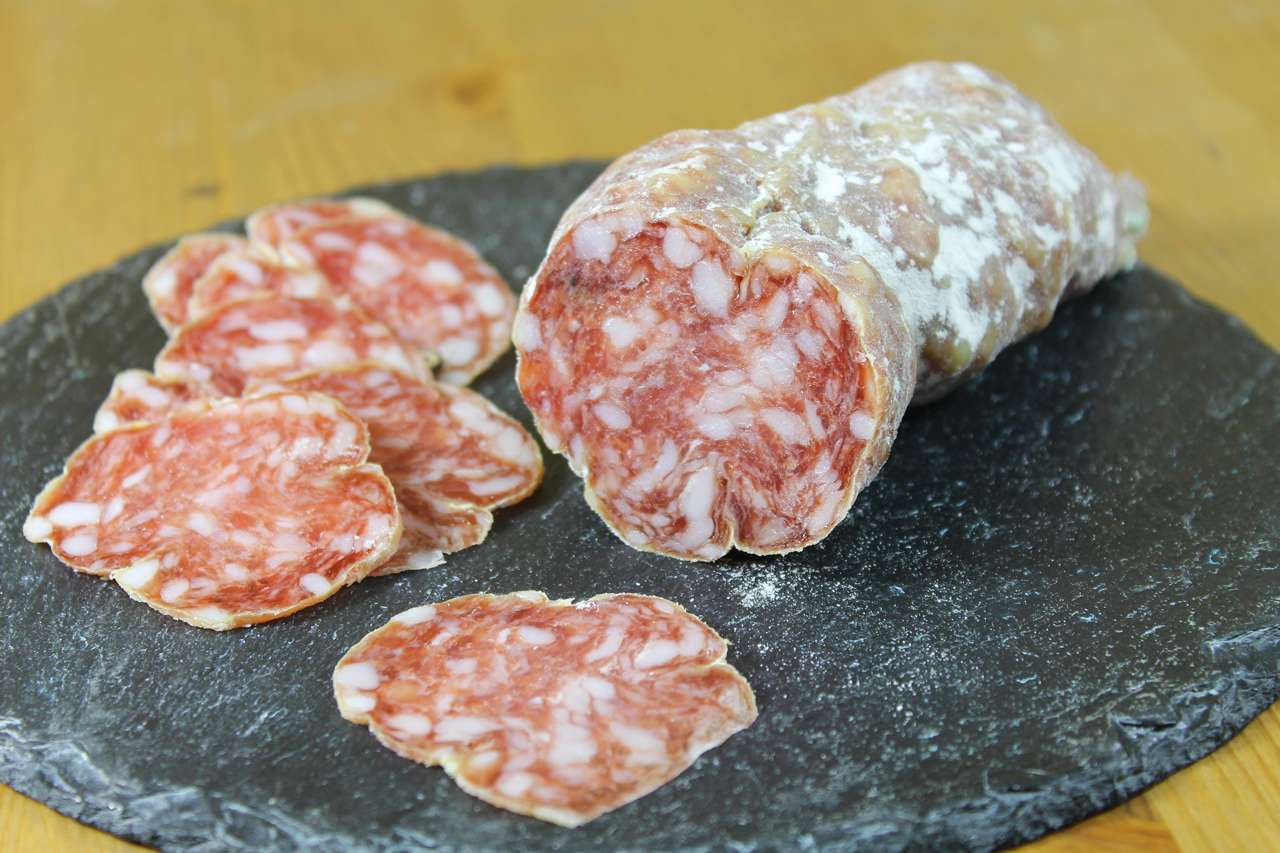
The best sources of chloride
|
Food |
Chlorine content (mg/100g) |
|
Anchovies in oil |
6090 |
| Anchovy, marinated |
5310 |
|
Meat broth and vegetables pot-au-feu type, defatted, dehydrated |
28400 |
| Aperitif cookie |
1420 |
|
Cooked shrimp |
1510 |
| Superior chorizo, mild or strong, dry sausage type |
2480 |
|
Brick pastry, dry-baked without fat |
2710 |
| Smoked herring in oil |
4610 |
|
Smoked herring, au naturel |
2910 |
| Smoked herring, fillet, mild |
2310 |
|
Cured ham |
3210 |
| Bayonne Ham |
2720 |
|
Cooked ham |
1330 |
| Ketchup |
1810 |
|
Old-fashioned mustard |
2920 |
| Black olive in oil |
4610 |
|
Lumpfish eggs, semi-preserved |
3000 |
| Semi-salted pork belly |
3330 |
|
Rye bread |
1050 |
| Parmesan cheese |
1820 |
|
Roquefort |
2600 |
| White salt, iodized, non-fluoridated or fluoridated at 25 mg/100 g |
60800 |
|
Grey sea salt, non-iodized, non-fluorinated |
53200 |
| Dry sausage |
3000 |
|
Pure pork dry sausage |
2990 |
| Farmed trout, smoked |
2460 |
Chlorine deficiency
Chlorine is present in virtually all "standard" foods, It is rare to observe a deficiency in a healthy individual.
Rare cases of chlorine deficiency can cause :
- Nervous disorders: epileptic seizures or tetany, permanent agitation accompanied by intense fatigue, or even deep coma in the event of prolonged deficiency.
- Digestive disorders: vomiting accompanied by excessive sweating, diarrhea.
- Physical problems: loss of hair and/or teeth.

Excess chlorine
The risks are greater when there is an excess of chlorine. Although not carcinogenic, excess sodium chloride can cause increased blood pressure. Consumed in high doses, salt increases the risk of stomach cancer, as it irritates the gastric mucosa.

